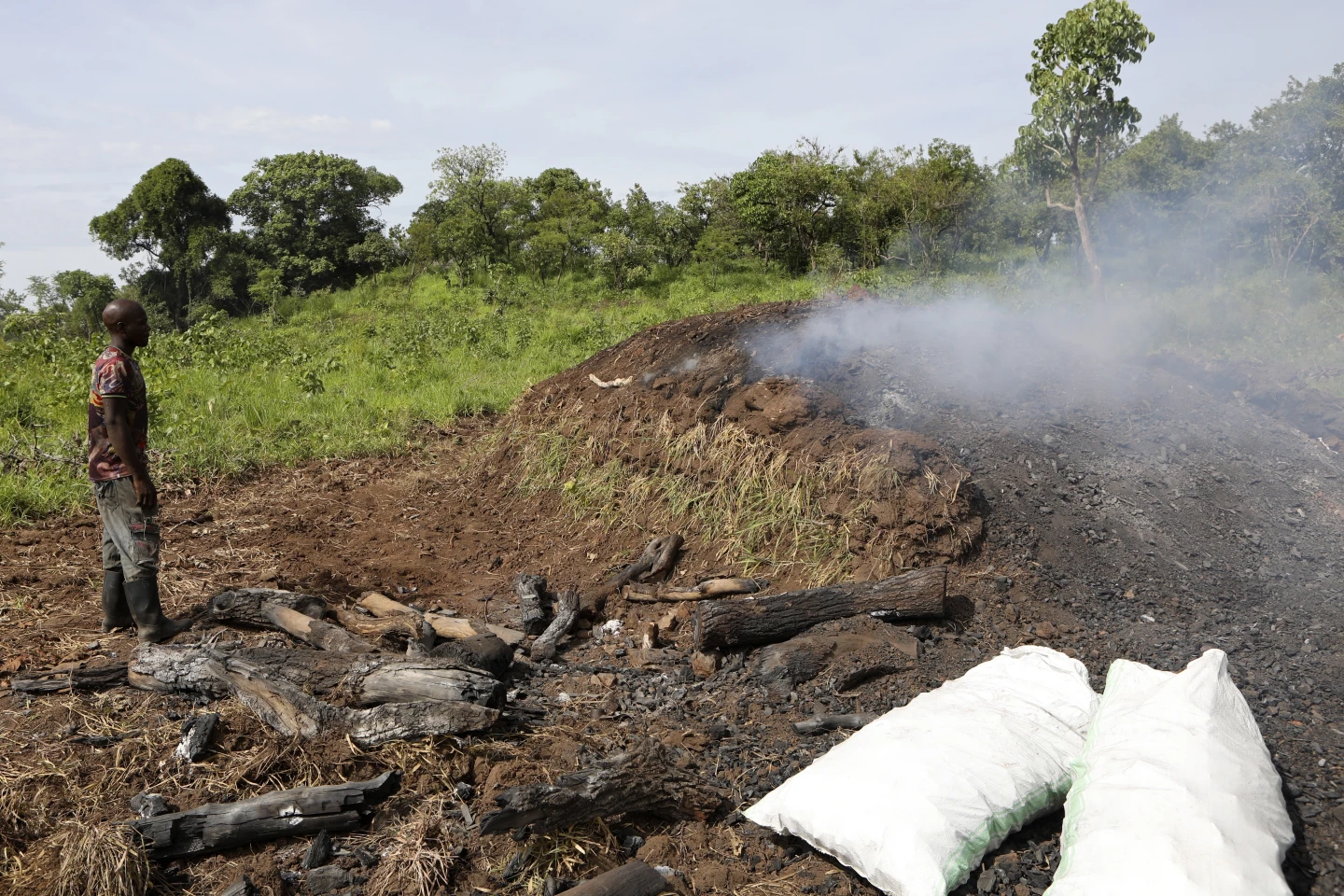
 Radio Wang Ooh
Radio Wang Ooh

 Radio Wang Ooh
Radio Wang Ooh
30 September 2025, 10:42 PM

By Freeman Canogura
Residents in Agago District are continuing to cut down trees for charcoal production, citing poverty and a lack of alternative livelihoods, despite repeated campaigns against environmental destruction.
In Laamiyo Sub county, David Okello, 43, admitted he is aware that charcoal burning damages the environment but said it remains his only reliable source of cash. He explained that the money helps him pay school fees and medical bills, while farming has become unreliable due to erratic weather.
In Omiya Pachwa, farmer Valentino Auma, 76, said women bear the greatest burden, as they must walk long distances to fetch firewood after nearby forests are cleared. She added that the loss of trees has also reduced access to wild fruits and herbal medicines that families once relied on.
Aspiring councillor for Arum Sub-county, Tonny Owiny, 27, said many young men have joined the charcoal trade because they cannot find other work. He explained that without government-backed programmes to create jobs, they will continue cutting trees to survive, regardless of the environmental cost.
Ojok Leonard, Agago District Chairperson, told Radio Wang Ohh that charcoal production remains a leading driver of deforestation in Agago. He said the district is overwhelmed and called for stronger enforcement of national forestry laws, while urging NGOs and government agencies to support alternative livelihoods such as beekeeping, fruit growing, and fuel-efficient stoves.
According to the National Forestry Authority, Uganda loses over 200,000 hectares of forest cover each year, with northern Uganda among the most affected regions. Environmentalists warn that if tree cutting in Agago continues unchecked, the district will face harsher droughts, soil erosion, and loss of biodiversity within the next decade.